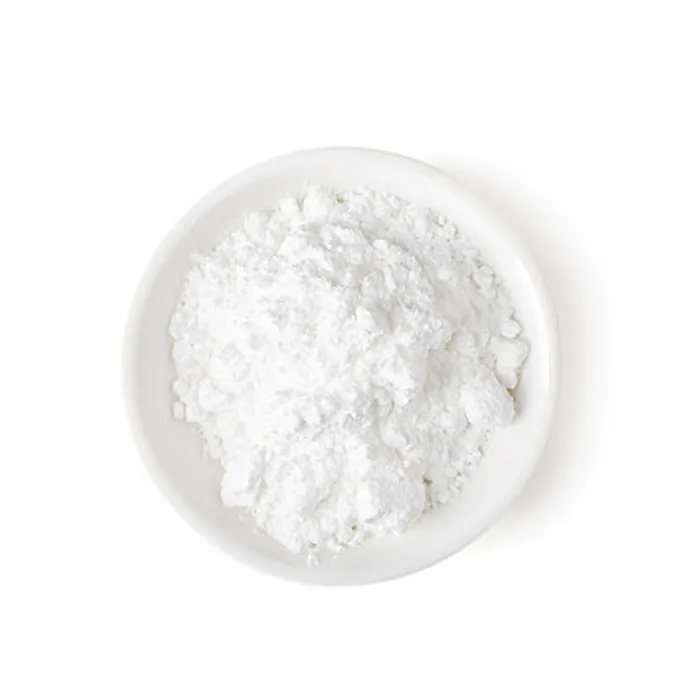Water Purification Chemicals Ensuring Clean and Safe Drinking Water
Access to clean drinking water is a fundamental human right and a critical component of public health. Increasing global populations and industrial activities have heightened the demand for effective water purification methods. As such, water purification chemicals have become indispensable in treating water to remove contaminants and ensure its safety for consumption.
Water purification chemicals serve various functions, including coagulation, disinfection, and filtration. One of the most common chemicals used in the coagulation process is aluminum sulfate, or alum. When mixed with water, alum forms a gel-like substance that binds with suspended particles, including dirt and organic matter, facilitating their removal through sedimentation. This process is vital in the initial stages of water treatment, as it significantly improves water clarity and quality.
Following the coagulation step, disinfection is crucial to eliminate pathogens that may cause waterborne diseases. Chlorine is one of the most widely used disinfectants in water treatment facilities due to its effectiveness against a broad spectrum of microorganisms. However, while chlorine effectively kills bacteria and viruses, it can react with organic matter to form potentially harmful by-products, such as trihalomethanes (THMs). To mitigate this risk, water treatment facilities may also use alternatives such as ozone or ultraviolet (UV) light, which provide effective disinfection without the formation of harmful by-products.
water purification chemicals

In addition to coagulation and disinfection, filtration is a critical step in the water purification process. Filtration systems use various materials and methods to separate impurities from water. Activated carbon, for instance, is widely recognized for its ability to adsorb chemicals, odors, and tastes, contributing to the overall quality of the purified water. Similarly, sand filters can remove larger particles and sediments, enhancing the efficiency of the treatment process.
Another emerging trend in water purification involves the use of advanced chemicals, such as polyaluminum chloride (PAC) and ferric chloride. These chemicals are often favored in modern water treatment plants for their superior coagulation properties and reduced production of sludge compared to traditional alum. The choice of chemicals ultimately depends on the specific contaminants present in the water and the desired quality of the final product.
It is essential to recognize that while water purification chemicals play a vital role in ensuring clean drinking water, their application must be carefully monitored and regulated. Overuse and improper handling of these chemicals can lead to environmental hazards and health risks. Therefore, water treatment facilities must adhere to strict guidelines and standards to ensure that the benefits of water purification chemicals are fully realized without compromising safety.
In conclusion, water purification chemicals are crucial in addressing the global challenge of providing safe drinking water. By employing a combination of coagulation, disinfection, and filtration methods, these chemicals help remove contaminants and protect public health. As we progress further into the 21st century, continued innovation and regulation in water purification technologies will be essential to ensure access to clean and safe water for all.

